Projects
Current Projects
-
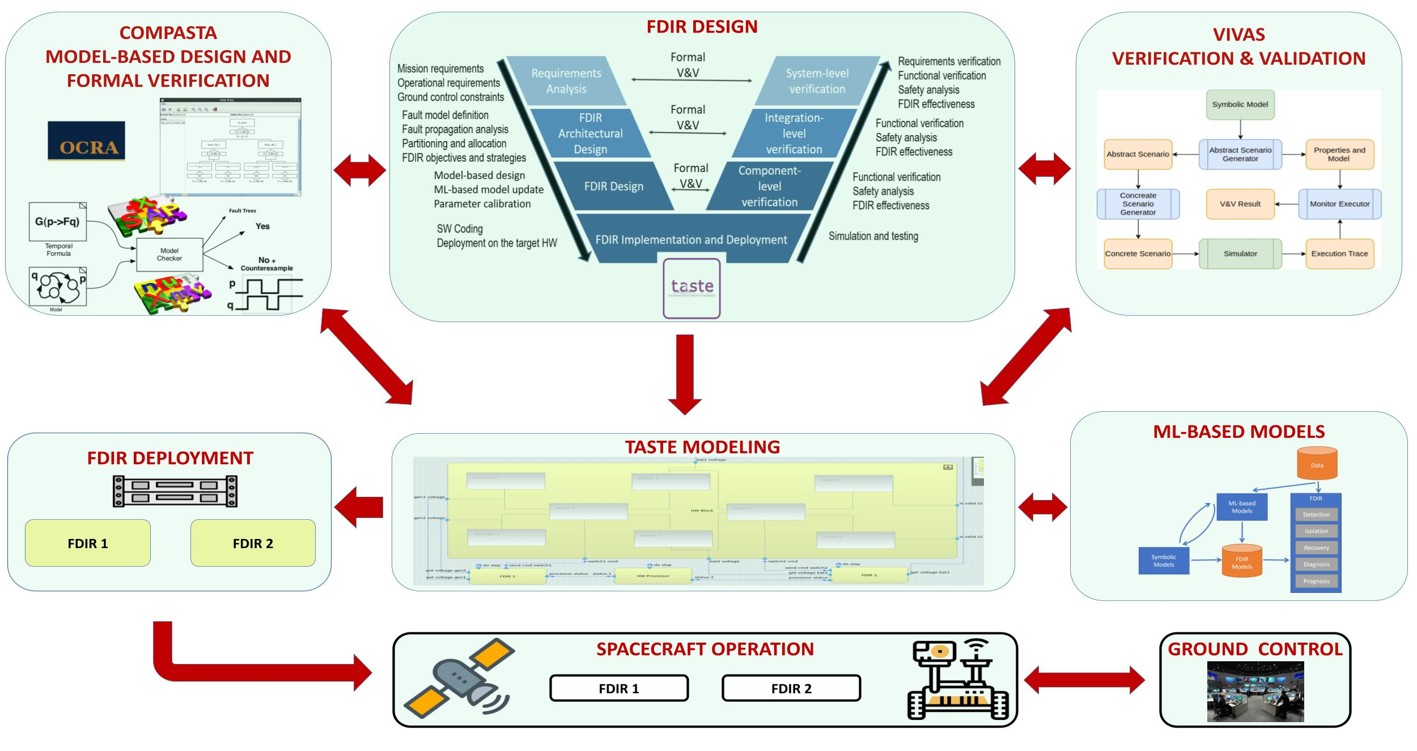
AIFDIR
The AIFDIR project aims to design, develop and validate SW components that are able to significantly improve the effectiveness and efficiency of the management functions of FDIR (Fault Detection, Isolation and Recovery) systems, through the use of artificial intelligence techniques based on Machine Learning (ML) and their integration with symbolic …
-

VAIPOSA
The VAIPOSA project aims to develop innovative methodologies for designing and implementing Positioning, Navigation, and Timing (PNT) components using AI and machine learning (ML), while ensuring safety, robustness, and resilience. It employs a realistic road environment simulator where an autonomous agent with an AI-based PNT system must adapt to changing …
-
ExploDTwin
Simulation technology has been a cornerstone in the European Space Agency (ESA) and the broader European Space industry for several decades, playing a pivotal role across various phases of a space mission's lifecycle. The Digital Twin (DT) concept enhances simulators with dynamic and self-evolving models, with real-time bi-directional data assimilation …
-
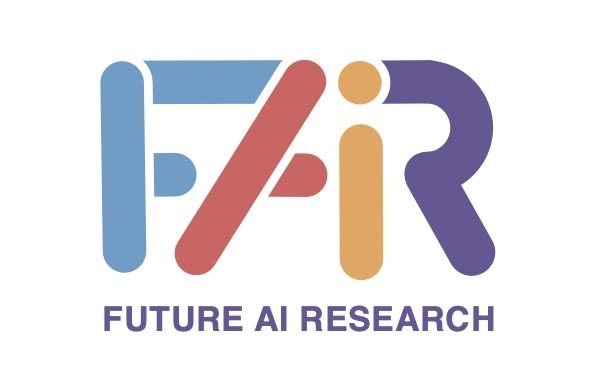
FAIR
The goal of the Future Artificial Intelligence Research (FAIR) project is to address the research questions, methodologies, models, technologies, and even ethical and legal rules for building Artificial Intelligence systems capable of interacting and collaborating with humans, perceiving and acting within changing contexts, being aware of their limitations and able …
-

ACC Projects
ACC is a set of projects, part of the Strategic Program for Railways research, carried out in collaboration with Rete Ferroviaria Italiana (RFI). ACC is meant to provide domain experts of RFI a structured methodology and a set of usable tools to support the design, traceability, verification and deployment of …
-

ATO
Automatic Train Operation (ATO) is an ongoing project, part of the Strategic Program for Railways research, carried out in collaboration with Rete Ferroviaria Italiana. The project started in 2018, it is conducted in accordance with the European projects Shift2Rail and Europe Rail, and aiming at controlling an experimental railway vehicle …
-

PASSIONS
PASSIONS (Software Product Assurance for Autonomous On-Board Software), funded by ESA, coordinated by GMV, and contributed by FBK. The aim of this activity is to address the challenges raised by the development of autonomous on-board software that includes AI/ML techniques. More specifically, the activity will Survey the current and …
-
VIVAS
The objective of the project is to propose and demonstrate a generic Verification and Validation methodology based on the usage of the System-level Simulation Facilities, specifically targeted at space autonomous systems using AI-models. The project will integrate model-based design techniques to generate scenarios and simulation facilities to produce execution traces …
-

ROBDT
MBSE technology such as simulation has been adopted for decades at ESA and European industry. During the lifecycle of a space mission a number of models are developed to support simulation and other analysis capabilities addressing needs specific of the project phase. Typical concerns are: feasibility assessment, design optimization and …
-
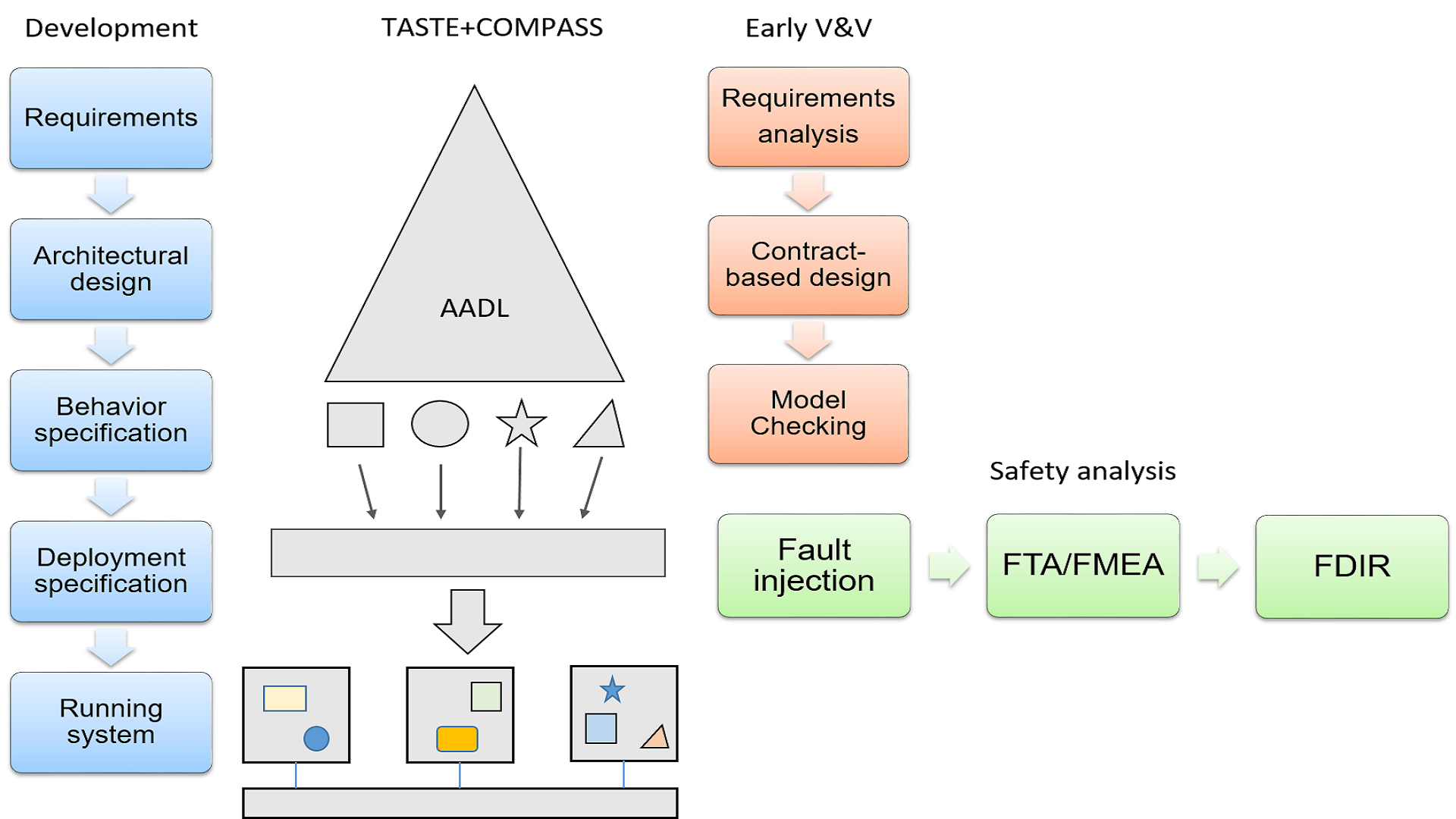
COMPASTA
The goal of COMPASTA is to integrate the COMPASS toolset with TASTE. COMPASS is a toolset for System-SW Co-Engineering developed in a series of ESA studies from 2008 to 2016. It is based on a dialect of AADL and provides a full set of verification and validation techniques, based on …
-
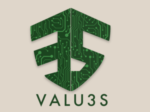
VALU3S
VALU3S focuses on verification and validation (V&V) of cyber-physical automated systems. VALU3S will investigate methods, tools and concepts that are not only suitable for the evaluation of automated systems but also improve the time and cost of the verification and validation process. Thus, overall, VALU3S aims to design, implement …
-
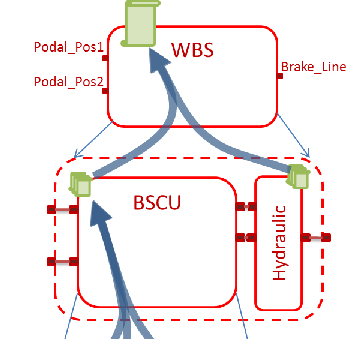
Bosch-FBK Collaboration
A joint scientific study, funded by Bosch, will investigate the application of safety contracts and safety assessment techniques based on formal methods to the design process of Bosch with the goal of demonstrating their usefulness and suitability in the automotive domain. General Info Start Date: 15 Jul 2019 End Date …
-
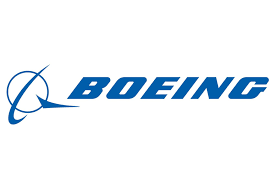
FBK-Boeing Collaboration
The strategic collaboration of FBK with the Boeing Company arose from the expertise in the field of formal verification of the Embedded Systems Unit. A joint scientific study, funded by Boeing, was conducted as part of the Unit’s activities on model-based safety assessment (MBSA) and contract-based safety assessment (CBSA …
Closed Projects
-
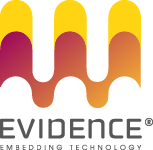
Evidence-FBK Collaboration
A joint scientific study, funded by Evidence, will investigate the formal verification of safety properties of embedded software. The results of the project have been published in MODELS22 and TACAS23. The additional material of the TACAS23 paper, including the kratos and ocra benchmarks can be downloaded here. General Info Start …
-
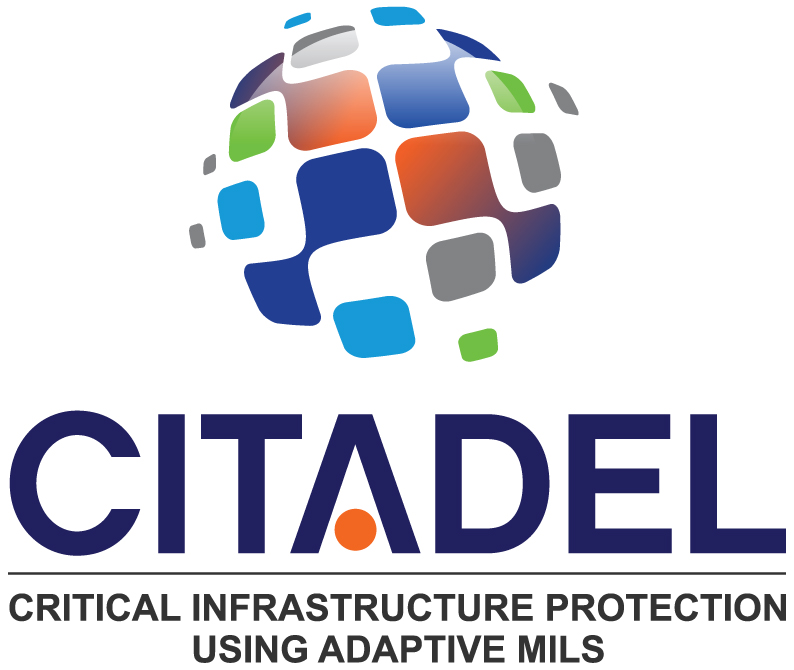
CITADEL
CITADEL will build on the MILS technology accomplishments of D-MILS and Euro-MILS, and perform the research and development necessary to create adaptive MILS systems. We propose to use adaptive MILS in new and evolving adaptive systems contexts having strategic focus within the EU, such as Critical Infrastructures and the Internet …
-

AMASS
AMASS (Architecture-driven, Multi-concern and Seamless Assurance and Certification of Cyber-Physical Systems) will create and consolidate the de-facto European-wide open tool platform, ecosystem, and self-sustainable community for assurance and certification of Cyber-Physical Systems (CPS) in the largest industrial vertical markets including automotive, railway, aerospace, space, energy. General Info Start Date: 1 …
-

Formal Comparative Analysis for the Automated Air Traffic Control Design
In the next 20 years the airspace traffic will increase by 4 times, and current technology cannot guarantee an acceptable level of safety, reliability, and security. NASA is evaluating different options to design a more advanced and capable Air Traffic Control System. Such a huge project requires a wide range …
-

Intralogistics enabled by Autonomous Vehicles Cooperating with Operators and Robots
These are two projects ILAADR – Internal Logistics with Automated Autonomous Delivery and Replenishment and ILEVATOR – intraLogistics Enabled by autonomous Vehicles cooperATing with Operators and Robots both funded by EIT Digital. The project iLAADR focuses on the logistics and delivery of material to the line side in a complex manufacturing process …
-
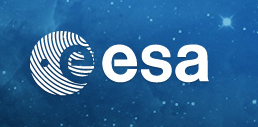
COMPASS3 – Consolidation of COMPASS Tools
The objective of the project is to produce a new release of the COMPASS toolset, to be referred to as COMPASS 3.0, which integrates, harmonizes and updates selected features from previous projects (COMPASS, AUTOGEF, FAME and HASDEL), with the aim to resolve the compatibility problem. In particular: Provide a …
-

ISAAC – Improvement of Safety Activities on Aeronautical Complex Systems
The ISAAC project aims to increase the capability and efficiency of safety and systems engineers to perform safety assessments resulting in secure systems. The proposed methodology, built on formal method techniques, is an integrated part of a model-based development process where safety and reliability aspects are examined in the early …
-

EuRailCheck ERA – Formalization and Validation of ETCS
The European Train Control System (ETCS) is a control system for the interoperability of the railways across Europe. The EuRailCheck project was promoted by the European Railway Agency for the development of a methodology and tools for the formalization and validation of the ETCS specifications. Within the project, we achieved …
-

HUBCAP
The HUBCAP project aims at establishing a cloud-based center of innovation and collaboration among companies, research institutes and competence centers to help SMEs try and adopt Model-Based Design (MBD) technology. It builds on seven established Digital Innovation Hubs (DIHs) in seven European countries, each embedded in its regional innovation ecosystem …
-
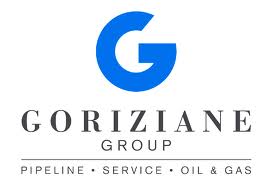
SIMS – Sistemi Integrati di Manutenzione e Sicurezza
General Info Start Date: 1 Jun 2012 End Date: 30 Sep 2013 Partners Goriziane MIOS Elettronica Università degli Studi di Udine Contacts Alessandro Cimatti
-

TRITon – Trentino Research and Innovation for Tunnel Monitoring
TRITon is a research and innovation project funded by the project members and the Autonomous Province of Trento (Provincia Autonoma di Trento, PAT) aimed at advancing the state of the art in the management of road tunnels, specifically to improve safety and reduce energy costs. To achieve these goals, TRITon …
-
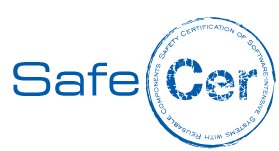
SafeCer – Safety Certification of Software-Intensive Systems with Reusable Components
SafeCer is targeting increased efficiency and reduced time-to-market by composable safety certification of safety-relevant embedded systems. The industrial domains targeted are within automotive and construction equipment, avionics, and rail. SafeCer will also develop certification guidelines and a training example for other domains, thus considerably increasing its market impact. A primary …
-
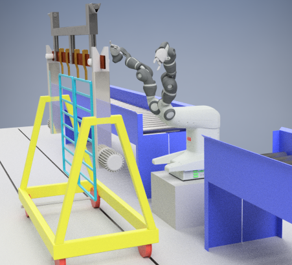
X.loader 4.0
Design and development of a robotic manipulator. Recognizing objects within boxes, planning movements to pick the object and to position it in the proper electroplating bar; Proper integration with the external production (E.g. the MAIS project); Facilitate the learning for new objects, thus reducing the cost for adaptation; Final …
-
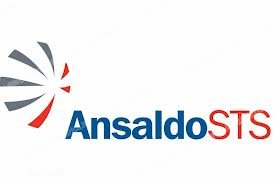
Velos – Verifica Logica di Sicurezza
Velos (Verifica Logica di Sicurezza) is a project aimed to apply formal methods to verification and validation of Logica di Sicurezza (LdS), software designed to monitor and control railway systems. VELOS is able to convert LdS specifications from a C++ like format to C and SMV. After this step several …
-

ACUBE
Improving the quality of life for the elderly and disabled through technological progress. That is the goal of project Acube. The project’s goal is to study technologies for monitoring complex environments that can be applied in areas such as assisted living homes to help personnel, as well as to …
-

Autonomous Reasoning Engine for Subsea Robotic System
This project is part of a key workstream activity of the company financing this activity which aims at changing the paradigm of underwater inspections and interventions via a fleet of next-generation drones and advanced ancillary equipments. Within this project the ES unit will design and develop the Autonomous Reasoning Engine …
-

Innova: Nuova Pompa di Calore Residenziale
NPdCR (New Heat Pump for Residential buildings) is a three-year R&D project made in 2022 by Innova Engineering with FBK, founded by the local government Provincia Autonoma di Trento (Ref.: 2021-AG12-00783). The ultimate goal of this research project is to optimize the operation of heat pumps with advanced model-based …
-

MISSA – More Integrated and Cost Efficient Systems Safety Assessment
General Info Start Date: 1 Apr 2008 End Date: 31 Mar 2013 Duration: 36 months Partners Airbus UK Ltd Airbus Deutschland Alenia Aeronautica S.p.A. Dassault Aviation EADS Apsys High Integrity Solutions Fondazione Bruno Kessler -- ES Unit Office National d'Etudes et Recherches Aérospatiales OFFIS - Institute for Information Technology Prover …
-
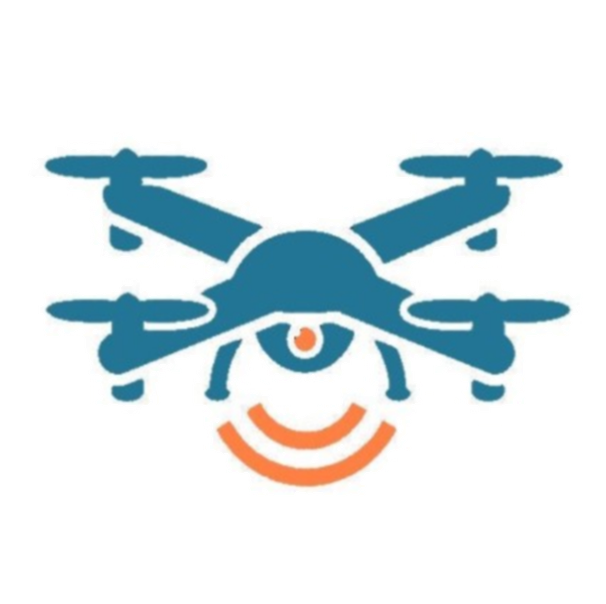
UAV Retina
Unmanned Air Vehicles (UAVs) are used to help in search and rescue of people lost in natural environments. UAV-Retina project aims at creating automatic drone platforms that can capture infrared, thermal and visible images from aerial views. Platforms scan accurately the zone of interest optimizing their paths, in order to …
-

AWARD: Automated Warehousing and Last Mile Delivery
In AWARD, the ES unit is responsible for the intra-logistic planning of a warehouse using Automated Guided Vehicles and by coordinating the last mile deliveries using drones. Self-learning planning algorithms, based on academic knowledge and machine learning Techniques Hybrid architecture; Warehouse: smart network, ‘dumb’ clients: central intelligence that directs the …
-

ESACS – Enhanced Safety Assessment for Complex Systems
The unavoidable increase in the complexity of systems means that there must be a suitable boost in the capability of safety engineers to maintain safety levels. ESACS intended to develop an environment and a safety method to help safety engineers in the assessment of complex systems, so that there will …
-
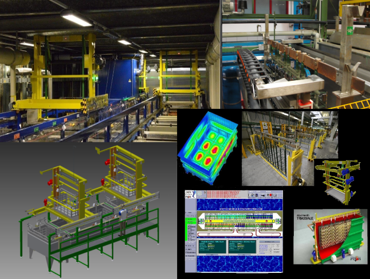
MAIS: Mechanical Automation Integration System
The Mechanical Automation Integration System is an ambitious project aimed at the development of a platform for the automatic control of electroplating plants. We discovered that for this project, the combination of the planning and the scheduling sub-problems was intractable for existing domain-independent planers. In the project we developed a …
-
CATSY – Catalogue of System Properties
The CATSY (Catalogue of System and Software Properties) project aims to improve the early verification and validation (V&V) activities by providing new methods to formalise requirements and validate the formal properties. In many sectors such as transportation, space and health, the criticality of the software systems requires …
-

HASDEL - Hardware-Software Dependability for Launchers
HASDEL (Hardware Software Dependability for Launchers) is an ESA project, conducted by a consortium coordinated by Airbus Defence and Space with FBK and RWTH, aiming at analysing the specific needs of launcher systems in the domain of RAMS (Reliability, Availability, Maintainability and Safety) analysis and at …
-

PhD Collaboration with European Space Agency
In the framework of the European Space Agency’s Networking/Partnering Initiative (NPI) a PhD research project was organized by ESA and the Embedded Systems Unit of FBK on the topic of model-based tools to support formal design of fault management architectures. The work was performed by the PhD student …
-
S3MS – Security of Software and Services for Mobile Systems
S3MS (Security of Software and Services for Mobile Systems) is a European research project focused on the security issue of mobile systems. In the coming years, quantity and quality of e-services for and on mobile devices will increase, hence creating a great business opportunity for services and applications developers. Already …
-
COCONUT – A Correct-by-Construction Workbench for Design and Verification of Embedded Systems
The project focuses on the definition of a formal framework based on a tight integration of design and verification through all refinement steps of an embedded platform design flow, from specifications to logic synthesis and software compilation. In particular, it is intended to propose a modelling and verification flow to …
-

FAME – FDIR Development and Verification & Validation Process
The FAME Project is an international research project for developing an FDIR (Fault-Detection, Fault-Isolation and Recovery) development and Verification & Validation process. The global objective of this study is to identify a dedicated FDIR Development and V&V Process in order to address the issues and shortcomings in the current industrial …
-

AUTOGEF – Dependability Design Approach for Critical Flight Software
The ESA AUTOGEF (Dependability Design Approach for Critical Flight Software) study is a direct follow-on of the ESA TRP COMPASS (Correctness, Modelling and Performance of Aerospace Systems). AUTOGEF aims to demonstrate that synthesis approaches can allow for effective automated FDIR development in accordance with the dependability requirements, through the implementation …
-
CASTORONE
The project was financed by an oil-and-gas company for the realization of a planner for a pipelaying vessel. The task of the planner is to organize the work onboard the pipelaying ship where precise timing and ordering of operations are needed for the construction of an undersea pipe. Within this …
-
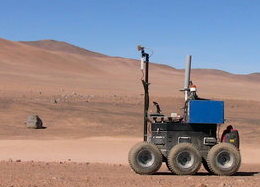
IRONCAP – Innovative Rover Operations Concept – Autonomous Planning
The Innovative Rover Operations Concepts – Autonomous Planning (IRONCAP) is an ESA study project to explore and define the concepts and interactions needed to control and plan the activities of an interplanetary rover. Its aim is to develop a prototype system to support the science and engineering planning of an interplanetary …
-
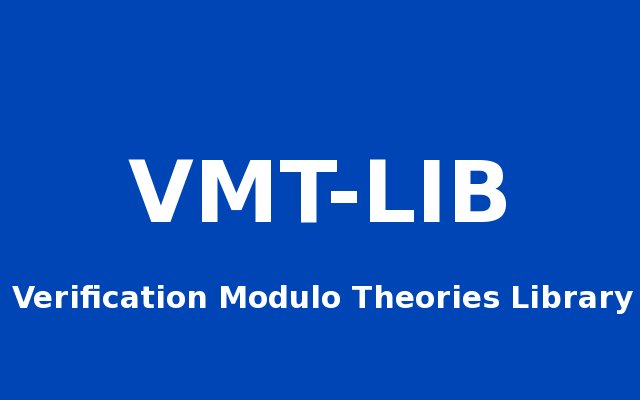
Verification Modulo Theories
Verification Modulo Theories was originally proposed in the Rich-Model Toolkit meeting held in Turin in 2011 (see slides below). Since then, a format has been defined (see definition of the VMT format in the nuXmv manual, page 130), and is now supported by the the nuXmv model checker. The VMT …
-
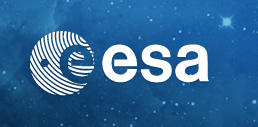
FoReVer – Functional Requirements and Verification Techniques for the Software Reference Architecture
The need for high level of confidence and operational integrity in critical space (software) systems is well recognized in the Space industry and has been addressed so far through rigorous System and Software Development Processes and stringent Verification and Validation regimes. The Model Based Space System Engineering process (MBSSE) derived …
-
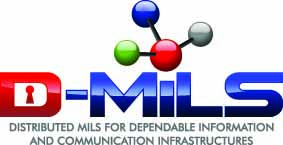
D-MILS
Modern critical systems bear great responsibilities and face escalating challenges. Distributed systems for critical applications are costly and time-consuming to develop and to certify. Since there is little automated support for early assurance that a system faithfully implements its architectural design and satisfies its requirements, qualification testing and certification processes …
-

COMPASS – Correctness, Modeling and Performance of Aerospace Systems
Fatal defects in the control system of the Ariane-5 rocket and the Mars Pathfinder have led to headlines in newspapers all over the world. To detect such flaws in an early stage of the design, the European Space Agency intends to develop techniques that assist design engineers in software tools …
-
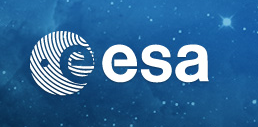
OMC-ARE – On Board Model Checking Autonomous Reasoning Engine
To meet the needs of future missions and increase their scientific return, space systems will require an increased level of intelligence on-board. Taking autonomous decisions through creating their own plans based on up-to-date information and re-planning in response to unexpected events or anomalous conditions would greatly improve the efficiency of …
-

PROSYD – PROperty Based SYstem Design
The goal of the PROSYD project is to significantly increase the competitiveness and efficiency of the European IT industry through the establishment of a standard, integrated property-based paradigm for the design of electronic systems. This paradigm will integrate and unify the many phases of system development, including requirement definition, design …
-
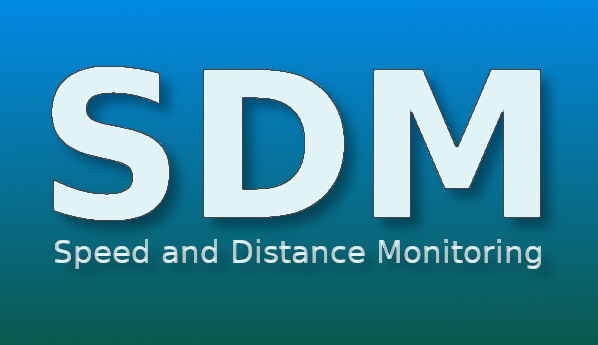
SDM
SDM is a project, part of the Strategic Program for Railways research, carried out in collaboration with Rete Ferroviaria Italiana (RFI). To fit the rising demand for high-speed, safe and efficient continental railways systems in EU, the European Railways Agency (ERA) issued several requirements specifications to support the EU members …
-

IMRS
IMRS is a project, part of the Strategic Program for Railways research, carried out in collaboration with Rete Ferroviaria Italiana (RFI). Server for Remote Mobile Interface (IMRS) is part of a larger project to develop an innovative system to support safe operations for maintenance on railway track lines and stations …
-
New project with RFI: ACC3-OPERA
-
PhD positions in collaboration with the University of Trento on formal-methods-related topics (2nd call)
-
New Software Developer Position for ACC3
-
PhD Grant on Model-based system-software engineering and formal methods for space systems
-
PhD positions in collaboration with the University of Trento on formal-methods-related topics
